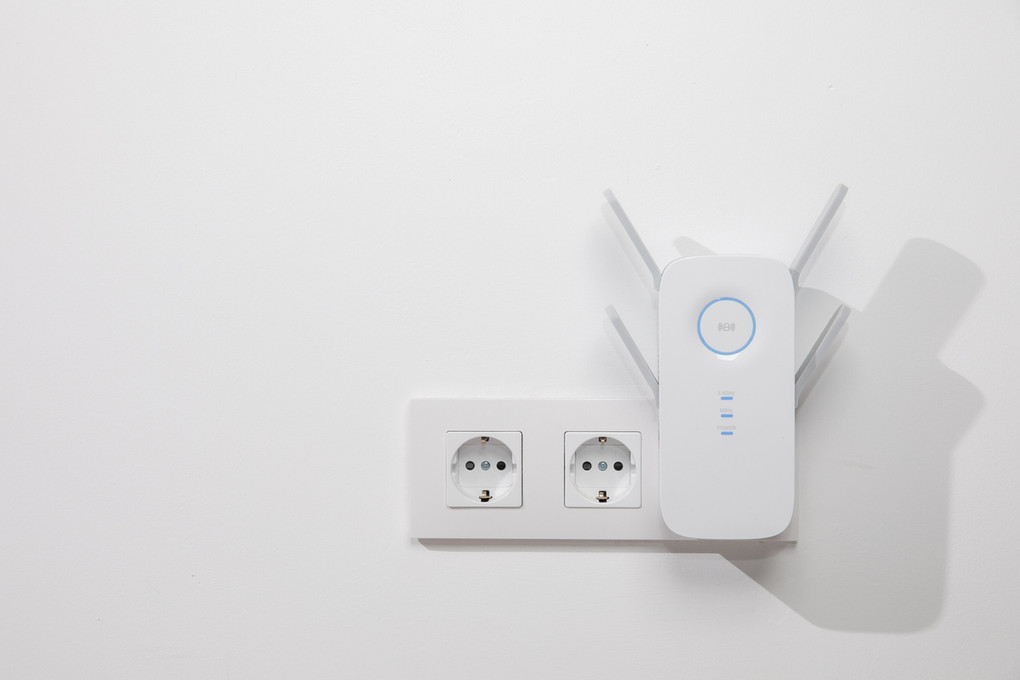
Signal Booster vs Microcell vs Active DAS
Posted by Dennis Findley on 27th Mar 2019
Today we going to talk through all of the solutions that can improve weak cell service for small, medium and large buildings.
It’s been 30 years since cellular was introduced and many of us are still struggling with poor cell reception. And, with 5Gcoming soon, predictions suggest in-building coverage could get quite a bit worse (Related Post: 5G in 2019).
There are three main solutions that can help those of us who are using cell phones and other cellular devices inside of buildings; microcells, signal boosters, and distributed antenna systems (DAS).
What is a Microcell?
Microcells, also called femtocells, are the go-to solution for many carriers whose customers struggle with in-building cellular connectivity. In short, these devices resolve the issue by creating a hotspot in your home that backhauls to the internet to allow you to make calls from your mobile phone.
We typically suggest these for very small spaces that have no outside or nearby signal but have access to a reliable internet.
- Microcells are specific to one carrier
- A microcell can support as many as 4 simultaneous users
- Microcells are often accompanied by a one-time purchase fee and monthly fees thereafter
- Most often, microcells tend to cover small spaces of one-to-two rooms, at the most
So, if you only need to boost one carrier, have less than 4 simultaneous users, don’t mind the monthly cost and only need a small coverage area, a Femtocell could be the solution for you.
What is Active DAS?
DAS, specifically Active DAS, is the suggested solution for large and enterprise buildings over 500,000-square-feet with a high count of simultaneous users.
The reason Active DAS solutions are the chosen solution for larger venues is because these connect directly to the carrier's network so the cellular sites in the area don’t get overloaded.
Because this solution connects directly to the carrier’s network, it requires the approval of all carriers supported by the system. This can be expensive and time-consuming, which is why Active DAS is the most common in-building cellular solution of choice for very large buildings.
What is a Cell Phone Signal Booster?
Cell Phone Signal Boosters, also called a Network Extender, are classified as Passive DAS. These are the most common solution for vehicles and buildings up to 500,000-square-feet for reasons of cost, flexibility, performance and turnaround time for installation.
A cell signal booster works by capturing the signal outside of the building, amplifying the strength of the signal and retransmitting the boosted signal inside of the house or building.
Signal boosters are carrier agnostic, which means they will work across all five-bands to cover all frequencies used by all North American cellular providers. That includes, AT&T, Verizon, Sprint, and T-Mobile, Telus, Bell, Boost Mobile, Sasktel. Well, you get the point.
The cost of a signal booster can range from a few hundred dollars for a small-to-average sized home or office to just over one-thousand for larger buildings.
Installation for a small home or office can be completed by a DIY’er in just a few hours and a certified installer can install the system into a mid-sized home or office in one day with larger buildings completed in under a week’s time.
Microcell vs Booster vs Active DAS
If you have no outside or nearby signal, a signal booster will not be the best choice for you. On the other hand, if you have a usable outside signal and need coverage for multiple carriers or need a cost and time effective solution for a building between 50 and 500,000 square feet, a signal booster will be a great, low-maintenance choice.
Looking for more info like this? Try these!



Case Study: Best Cell Service in Extreme Weather



